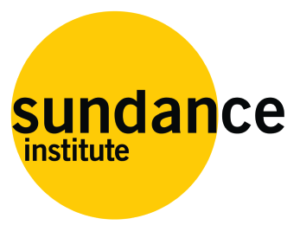The Latest
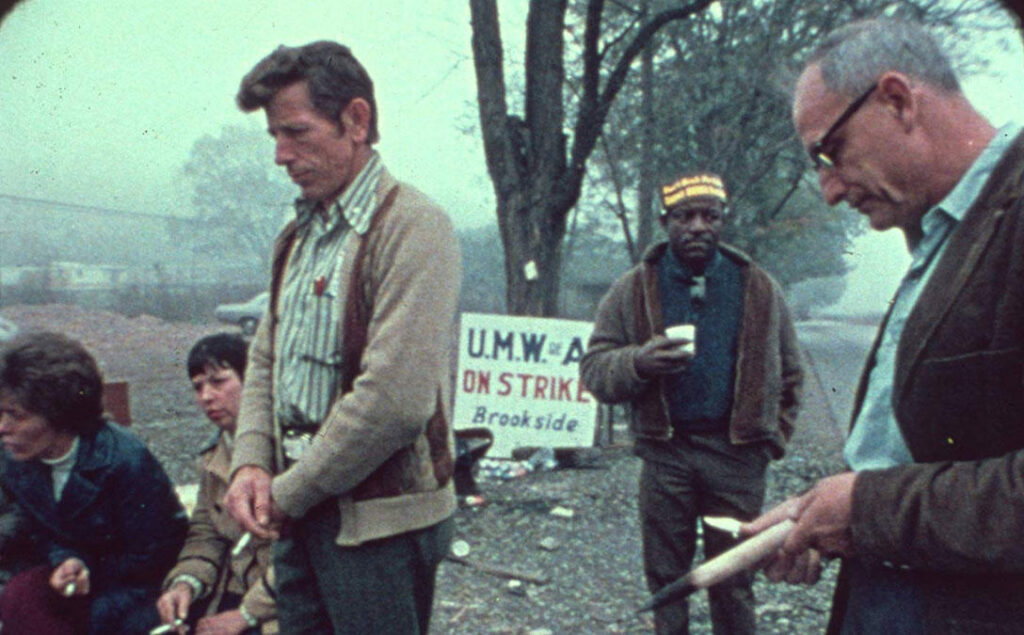
Mary Lampson on the Art of Editing: “We Have Extraordinary Power and a Great Responsibility”
At the Sundance Film Festival last month, editor Mary Lampson presented a keynote highlighting the role of an editor and her journey through the ranks of the industry during Sundance Institute and the Karen Schmeer Film Editing Fellowship’s Art of Editing Reception. Below we’ve published Lampson’s speech in full.
First I’d like to thank Sundance Institute and the Karen Schmeer Film Editing Fellowship for asking me to speak today, and also Adobe for supporting this event.

2019 SUNDANCE FILM FESTIVAL: KNOCK DOWN THE HOUSE WINS FESTIVAL FAVORITE AWARD
Los Angeles — Sundance Institute today announced Knock Down the House as the winner of the Festival Favorite Award, selected by audience votes from the 121 features screened at the 2019 Sundance Film Festival, which took place in Park City, Salt Lake City and Sundance, Utah from January 24 through February 3. The Festival Favorite is the 29th and final recognition bestowed on this year’s Features, including juried prizes and category-specific Audience Awards; others were announced at a ceremony in Park City on February 2 and a full list is available here. Runners-up and other strong contenders for the Festival Favorite Award included Ask Dr.
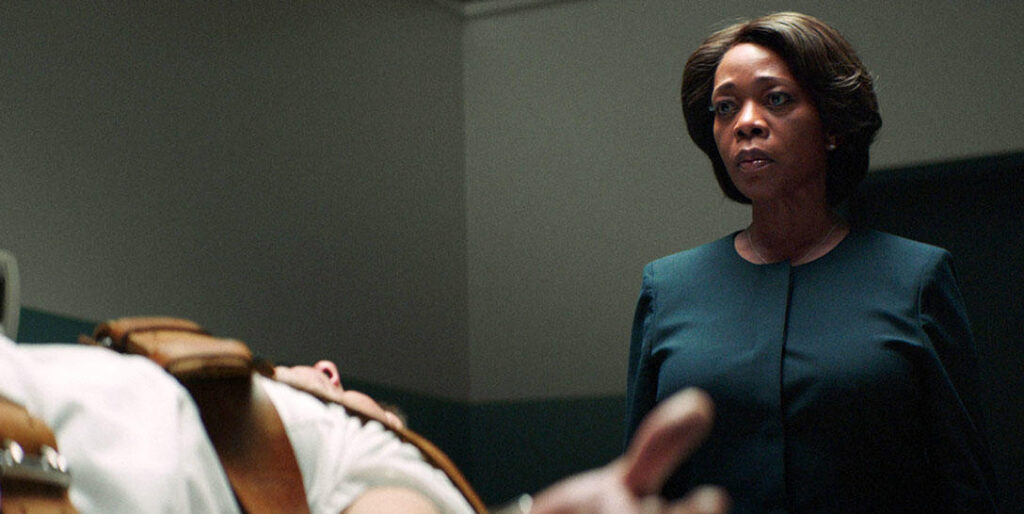
2019 SUNDANCE FILM FESTIVAL AWARDS ANNOUNCED
Top Prizes Go To Clemency, One Child Nation, The Souvenir and Honeyland
Brittany Runs a Marathon, Knock Down the House, Queen of Hearts and Sea of Shadows Win Audience Awards
Park City, Utah — After 10 days and 121 feature films, the 2019 Sundance Film Festival’s Awards Ceremony took place tonight, with host Marianna Palka emceeing and jurors presenting 28 prizes for feature filmmaking. Honorees, named in total below, represent new achievements in global independent storytelling. Bold, intimate, and humanizing stories prevailed across categories, with Grand Jury Prizes awarded to Clemency (U.
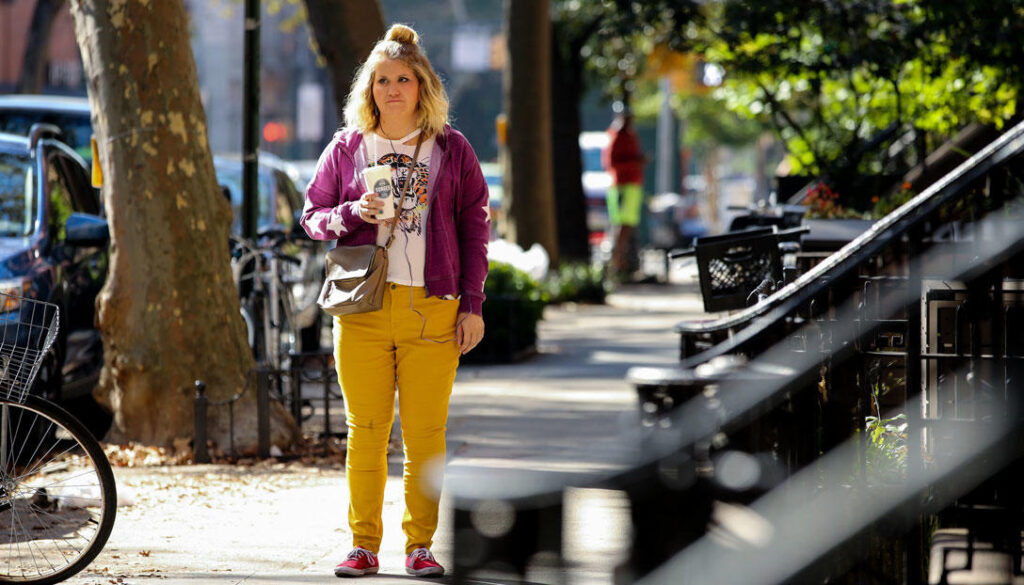
‘Brittany Runs a Marathon’: “This Is About a Woman Falling in Love with Herself”
‘Brittany Runs a Marathon’By Jeremy Kinser
Writer-director Paul Downs Colaizzo calls his inspirational feature film debut Brittany Runs a Marathon “a love letter to my best friend.” He says he based the script on his pal of the same name, after becoming inspired by her journey as a New Yorker in her late 20s to overcome bad habits and establish some balance in her life and believing that her story needed to be shown with dignity on the big screen. The comedy has emerged as one of the bona-fide crowd pleasers of Sundance 2019 and global rights were snapped up by Amazon for $14 million.
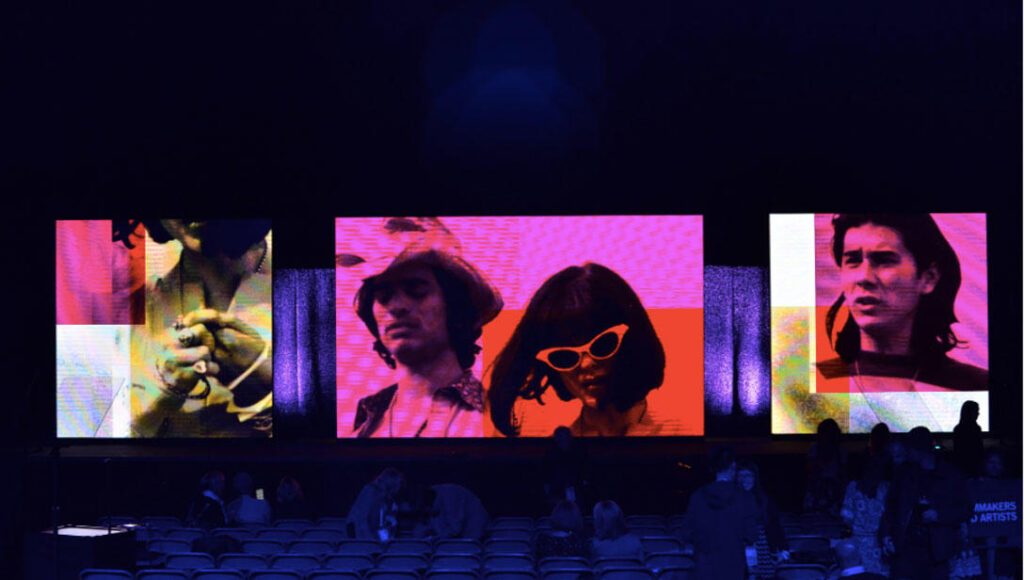
2019 Sundance Film Festival Live Awards Updates
[Ed. note: Looking for updates from the 2020 Sundance Film Festival awards ceremony? Head here.]Updated 9:12 PM MTPalka introduces Rachel Grady, who along with co-director Heidi Ewing is an Academy Award nominee for the film Jesus Camp and has won numerous Emmy awards and a Peabody Award.
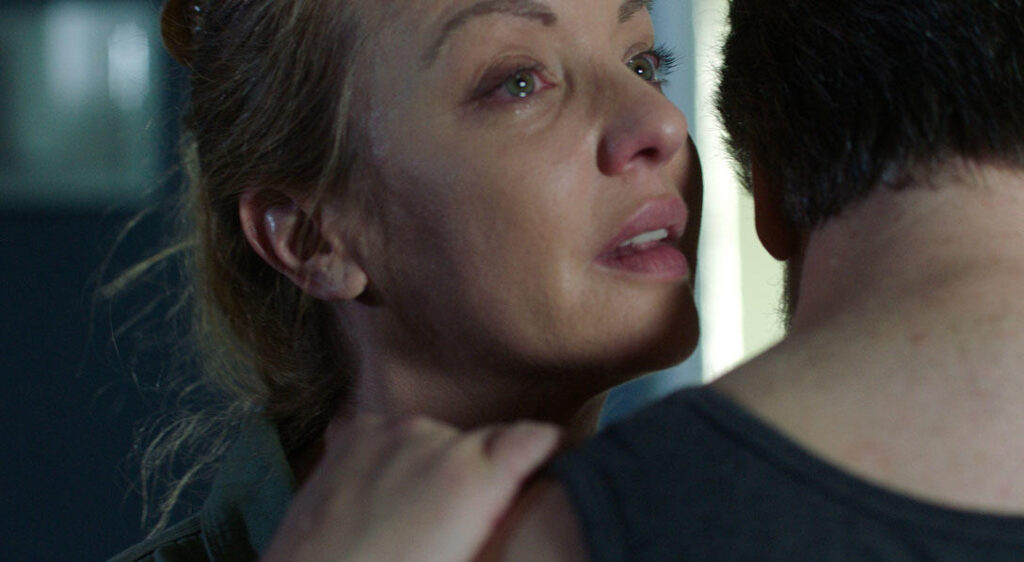
It’s All Falling Apart for Wendi McLendon-Covey in ‘Imaginary Order’
Imaginary OrderBy Jeremy Kinser
Imaginary Order, a comedic character study from Debra Eisenstadt, focuses on a woman at a crossroads, beginning to feel useless as she finds herself in the middle of a series of unwanted events that threaten to unravel her family.
Veteran comic actress Wendi McLendon-Covey (known for more ribald work in Bridesmaids and TV’s The Goldbergs) gets the chance to create a funny, moving portrait of Cathy, a middle-aged housewife and mother who increasingly feels her comfortable existence is slipping away—and she scores. Cathy’s teenaged daughter is becoming increasingly remote, and she fears her husband is having an affair.
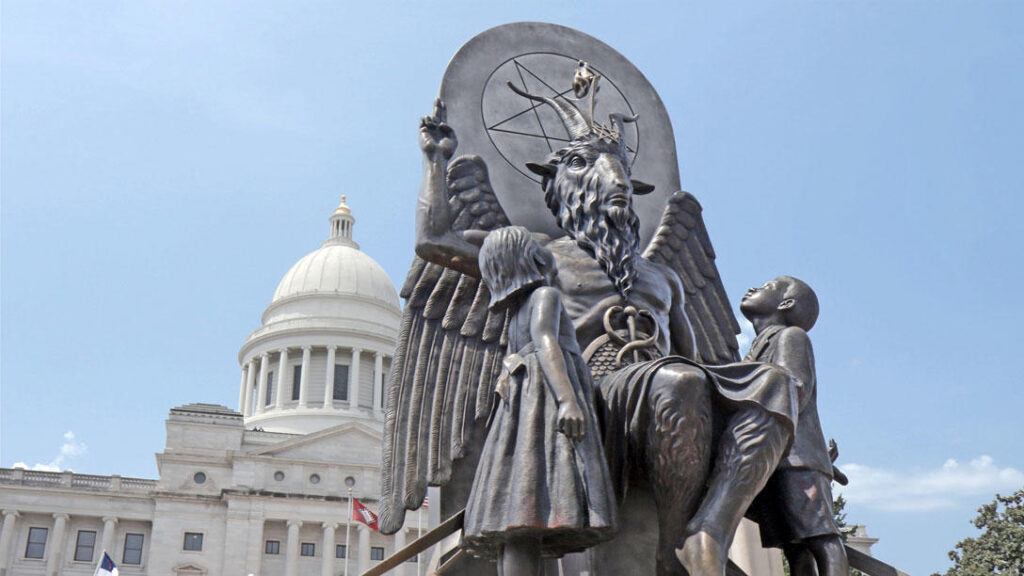
Hail Satan?: The Devil’s Guide to the Politics of Religion
Hail Satan?By Eric Hynes
“I made a mainstream audience film that’s pro-satanism,” said filmmaker Penny Lane after a screening of her U.S. Documentary Competition entry Hail Satan? at the MARC Theater on Wednesday.
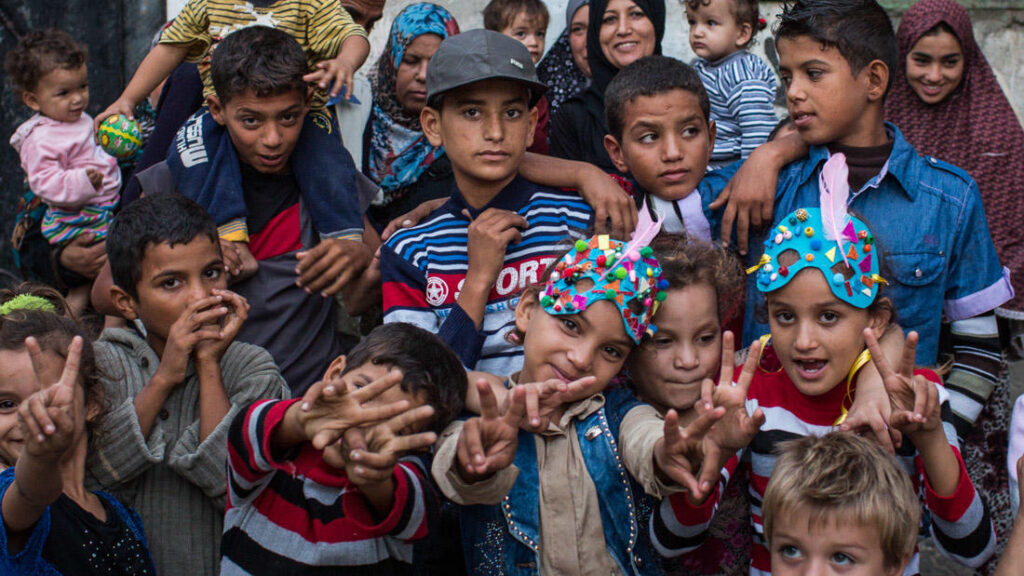
A Portrait of Life in Palestine: “They’re people who are disillusioned by everyone”
GazaBy Eric Hynes
An antidote to politically-tinged cable news representations, Garry Keane and Andrew McConnell’s Gaza is a visually ripe, kaleidoscopic portrait of everyday life in the Palestinian territory. From fishers to ambulance drivers, artists to patriarchs, old folks to young, Mediterranean beaches to embattled border walls, the filmmakers strive to represent the full spectrum of life in Gaza, and allow residents themselves to provide personal perspectives and narratives via voiceover. While they don’t shy away from moments of unrest and conflict, the filmmakers give context for expressions of frustration by people—several million strong—who are effectively permanently trapped and abandoned in a narrow strip of land.
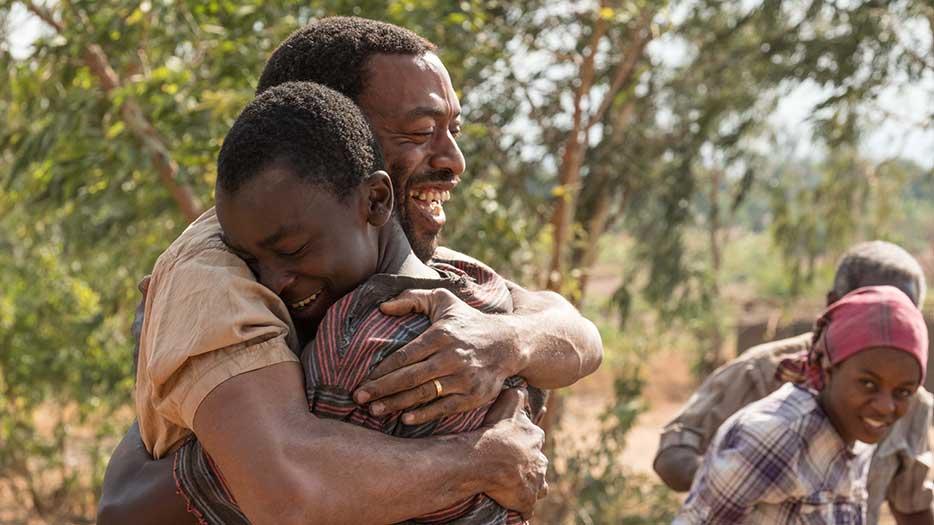
Alfred P. Sloan Foundation Presents Feature Film Prize to The Boy Who Harnessed the Wind, Announces New Grants to Artists at 2019 Sundance Film Festival
Winners of Commissioning Grant, Episodic Storytelling Grant and Lab Fellowship Revealed
Director-Screenwriter-Actor Chiwetel Ejiofor Honored
Park City, Utah — At a reception at the 2019 Sundance Film Festival today, the beneficiaries of $70,000 in grants from Sundance Institute and the Alfred P. Sloan Foundation were revealed. Doron Weber, Sloan Vice President of Programs and Director of the Public Understanding of Science and Technology program, presented the Feature Film Prize to The Boy Who Harnessed the Wind and announced the new winners: Skye Emerson for Challenger and Gillian Weeks for The New Miracle (Sundance Institute | Sloan Commissioning Grant); Anthony Onah for Goliath (Sundance Institute | Sloan Lab Fellowship); and Neilkanth Dave and Zachary Parris for DELTA-V (Sundance Institute | Sloan Episodic Storytelling Grant).
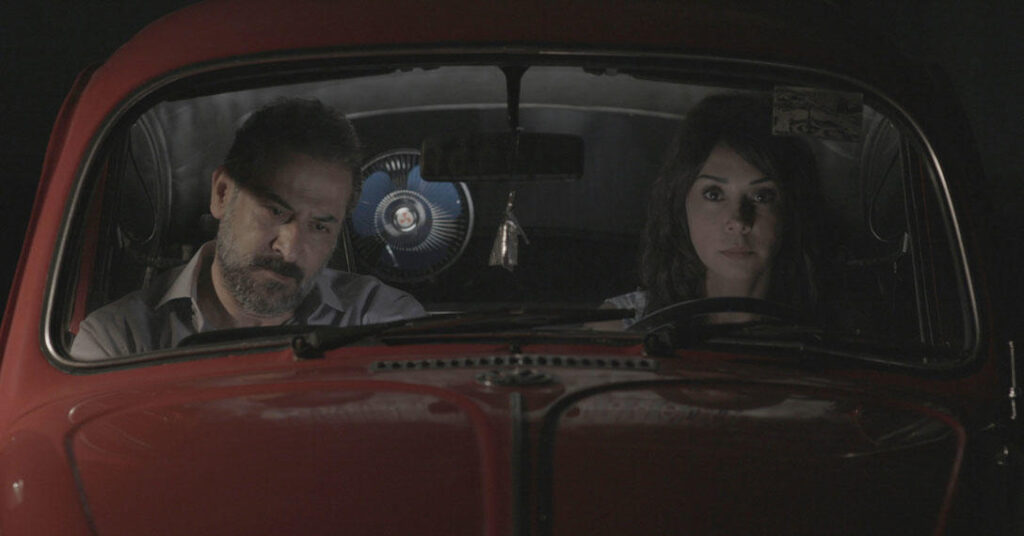
Shorts Awards Announced at 2019 Sundance Film Festival
Park City, Utah — Winners of the 2019 Sundance Film Festival jury prizes in short filmmaking were announced today by Sundance Institute at a ceremony in Park City, Utah. The Short Film Grand Jury Prize, awarded to one film in the program of 73 shorts selected from 9,443 submissions, went to Aziza, directed by Soudade Kaadan and co-written by Kaadan and May Hayek. Full video of the ceremony is at youtube.
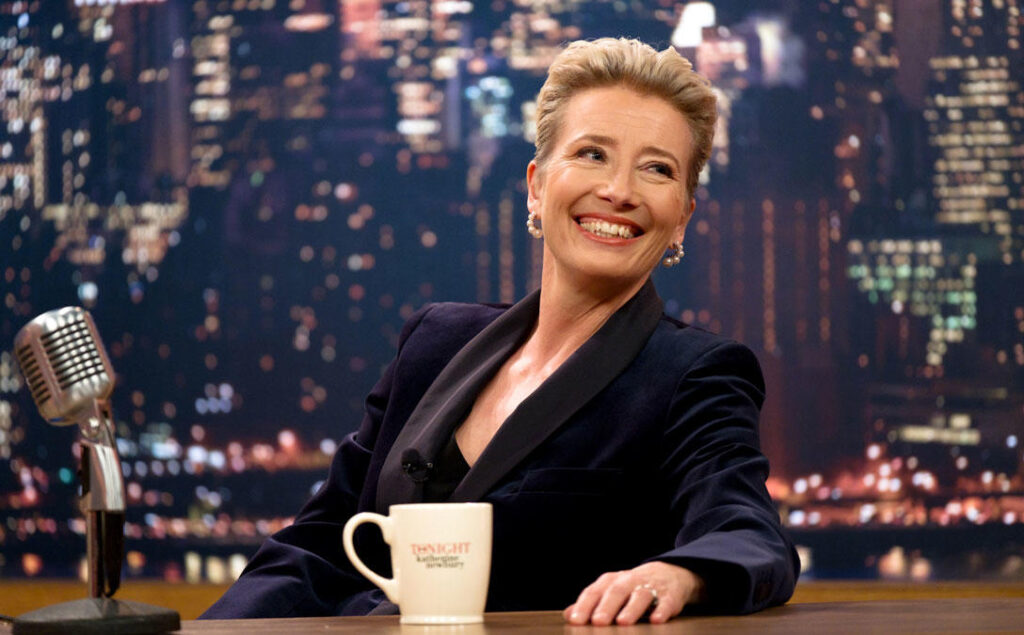
Nisha Ganatra’s ‘Late Night’ is the Perfect Comedy for the Modern Women’s Movement
With Late Night, out Indian-American director Nisha Ganatra chronicles Katherine Newbury (Emma Thompson), a female late-night talk show host who has reached a crossroads in her career. Her appeal to the young demo is non-existent, her ratings have begun to slip, and her producer has informed her that she’ll be replaced by a decades-younger male shock jock.
In an impulsive move, she hires Molly (Mindy Kaling) to join her all-male writing staff in an effort to make her comedy more diverse.
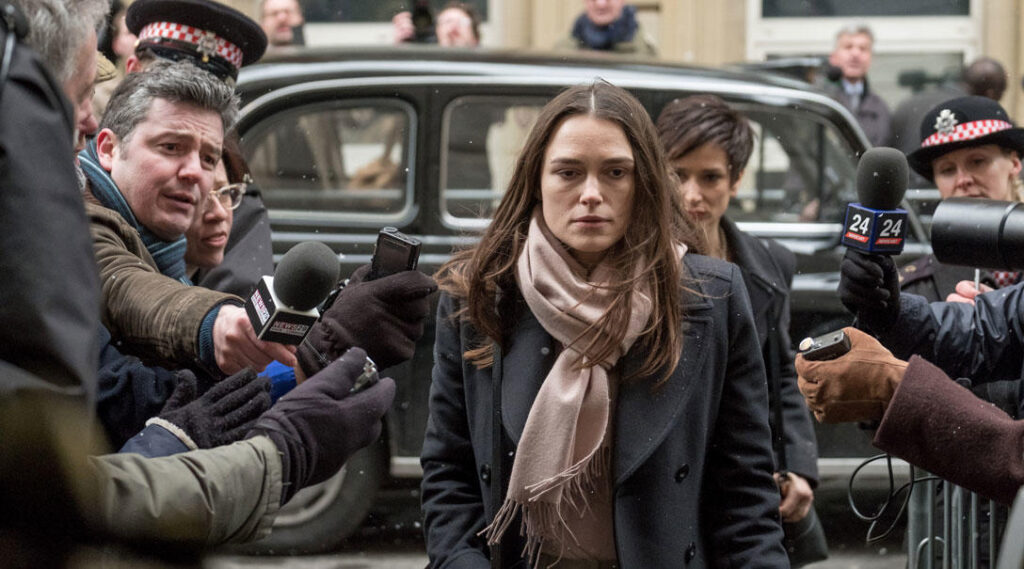
‘Official Secrets’ Is a Political Thriller That Asks “What Would You Do?
Official SecretsBy Dana Kendall
“This year we’ve seen a lot of stories about individuals challenging the system to do what they believe is right,” said Director of Programming Kim Yutani at the premiere of Official Secrets. “This is one of these stories, and it is an extremely powerful one.”
Adapted from the book The Spy Who Tried to Stop a War, South African director Gavin Hood’s political thriller tells the true story of Katharine Gun, a former translator for the British intelligence agency Government Communications Headquarters.

Sundance Institute Announces 2019 Recipients of Merata Mita Fellowship for Indigenous Artists
Photo credit: Courtesy Sundance Institute.
Park City, Utah — Co-Directors Ainsley Gardiner and Briar Grace-Smith are the 2019 recipients of the Sundance Institute Merata Mita Fellowship, an annual fellowship named in honor of the late Māori filmmaker Merata Mita (1942-2010). The announcement was delivered today at the 2019 Sundance Film Festival.
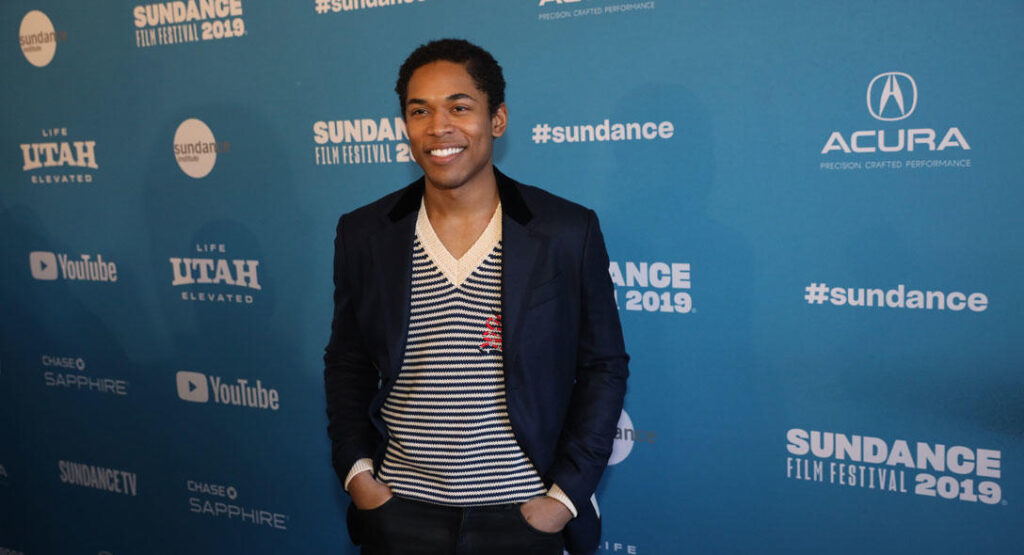
‘Luce’ Takes on the White Savior Stereotype and the Underbelly of the American Dream
LuceBy Eric Hynes
In Luce, the debut film by Julius Onah, the conflicts of a suburban American high school come to represent the fractures within the whole country, and complex ethical and moral issues are navigated with the stakes of a thriller. Based on a play by J.C.
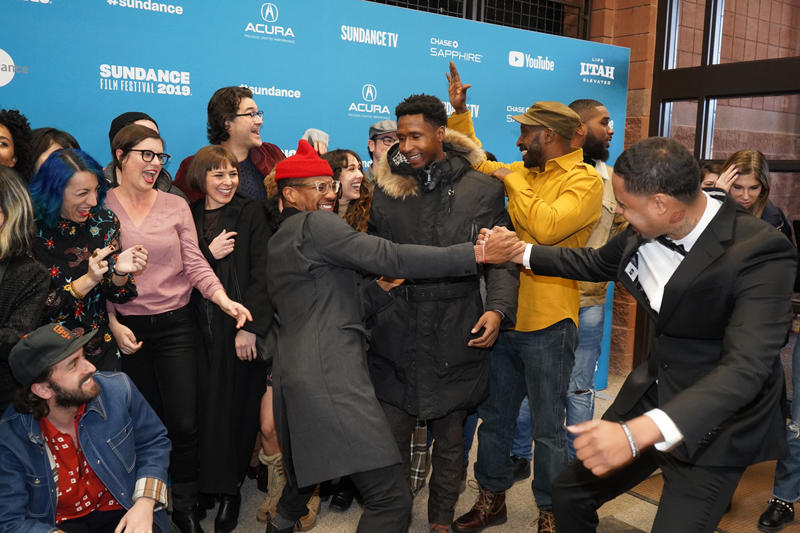
‘The Last Black Man in San Francisco’: A Rueful Ode to a Changing City
The Last Black Man in San FranciscoBy Eric Hynes
“I made this movie with my best friend Jimmie,” director Joe Talbot said before the rousing world premiere of The Last Black Man in San Francisco, a film about two native San Franciscan men trying to navigate a gentrified city. In the film, Talbot’s childhood friend Jimmie Fails plays himself as a young man determined to return to his childhood home, a majestic Victorian house now occupied by an older white couple. Estranged from his parents, Jimmie crashes with his best friend Montgomery, played by Jonathan Majors, who lives with his blind grandfather across town.
